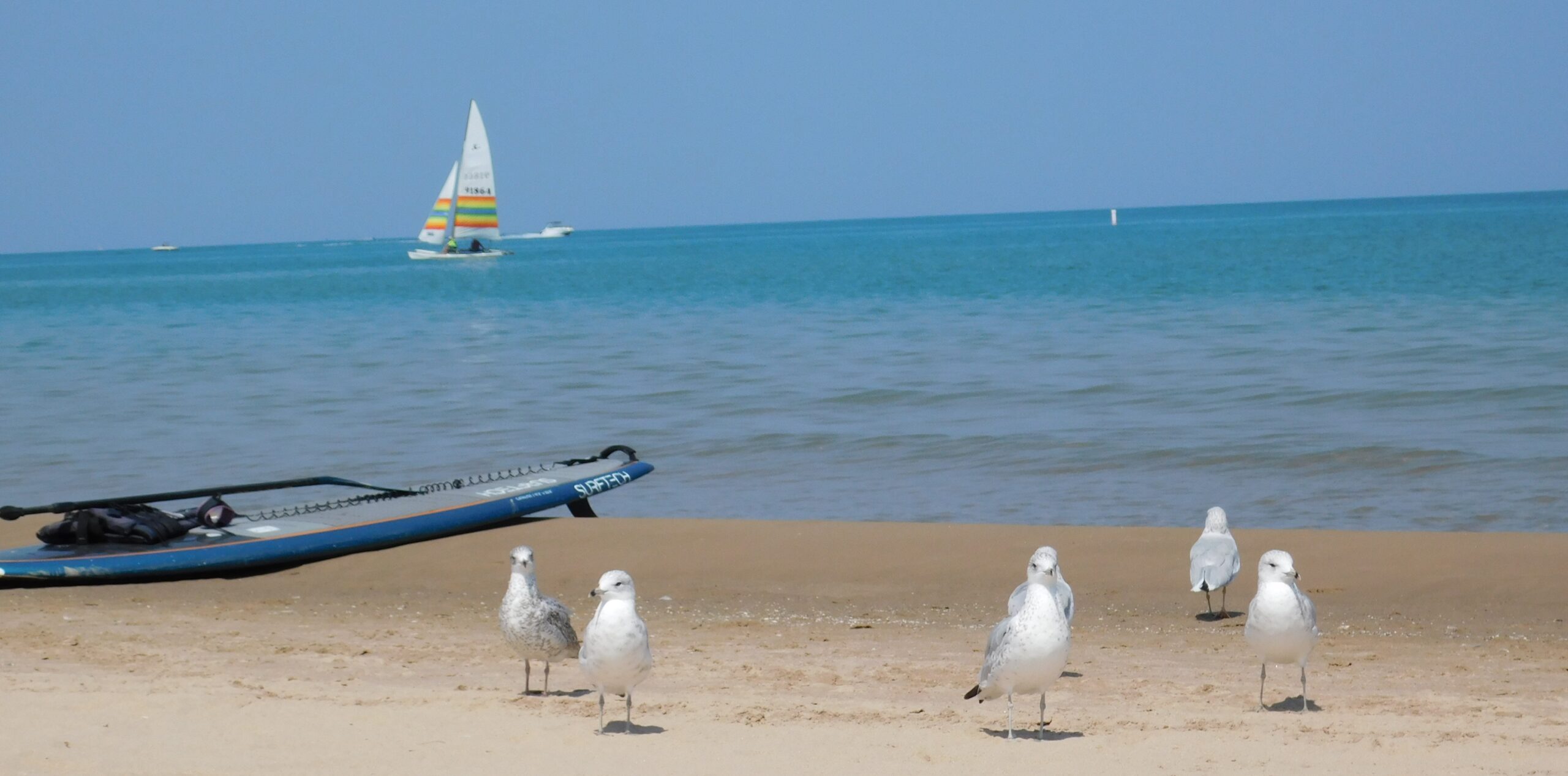Analyzing and predicting weather conditions are critical skills for sailors. Whether you’re a technology guru or not, there’s something out there that can enhance your sailing through better weather insights. You can always adjust your approach down the road, but starting with apps that integrate GPS and live weather data is a solid choice. The synergy between these tools and your own judgment forms a powerful combination. For instance, wearable tech that monitors environmental conditions can offer extra layers of safety and convenience.
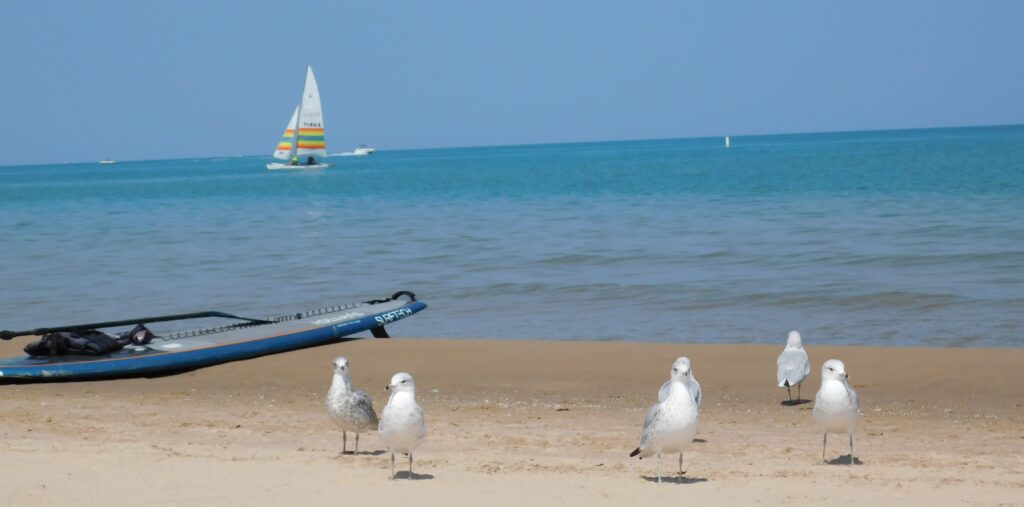
For better view click on images to expand
Beyond technological tools like weather forecasts and radar, the natural environment provides clues through cloud formations and the texture of the water’s surface. These observations have been used for centuries to navigate and ensure safety on the water. Here’s a comprehensive guide on how sailors can use clouds and water texture to predict weather.
Understanding Cloud Formations
Clouds are indicators of atmospheric conditions and can provide insight into upcoming weather changes. Here are key cloud types and what they signify:
1. Cirrus Clouds
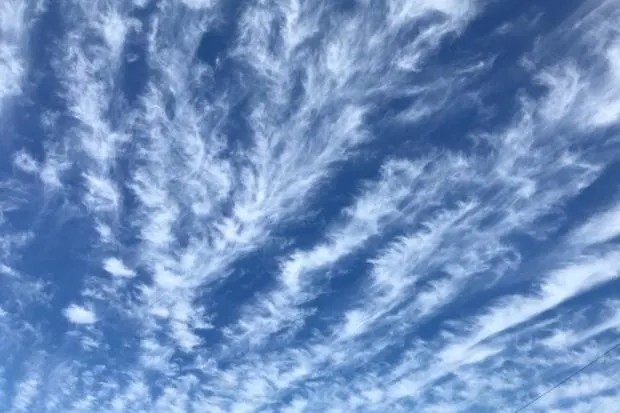
Description: Wispy, thin clouds high in the sky (above 20,000 feet).
Significance: Cirrus clouds usually indicate fair weather in the short term but can suggest a change in the weather is coming, often within 24-48 hours. They may precede a warm front or an approaching storm system.
Sailing Tip: If you see cirrus clouds, prepare for a potential change in the weather. It’s a good time to review your route and ensure your vessel is ready for different conditions.
2. Cumulus Clouds

Description: Fluffy, white clouds with a flat base, usually seen during fair weather (below 6,000 feet).
Significance: These clouds are typically associated with pleasant weather and light winds. However, if they start growing taller and more developed, they can indicate that thunderstorms are developing, especially in tropical and subtropical regions.
Sailing Tip: Enjoy your sail under cumulus clouds but keep an eye out for any rapid growth or darkening, which can signal developing thunderstorms.
3. Stratus Clouds
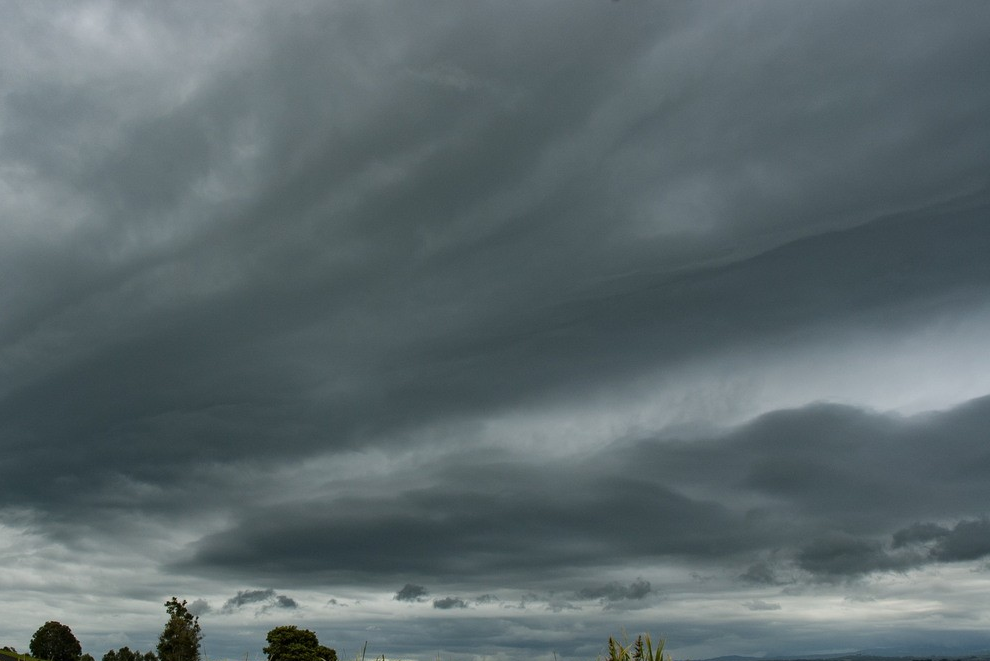
Description: Low-lying, gray clouds that often cover the entire sky like a blanket (below 6,000 feet).
Significance: Stratus clouds usually bring overcast conditions and light precipitation, such as drizzle or light rain. They indicate stable weather but can limit visibility, making navigation more challenging.
Sailing Tip: Be prepared for limited visibility and light precipitation. Ensure your navigation lights are working and maintain a proper lookout. Here you’ll find more tips and tricks on understanding wind patterns.
4. Nimbus Clouds

Description: Thick, dark clouds that cover the sky (below 10,000 feet).
Significance: Nimbus clouds, especially cumulonimbus, are storm clouds that can bring heavy rain, thunderstorms, and even severe weather like hail or tornadoes.
Sailing Tip: Take immediate action to find shelter or secure your vessel when nimbus clouds are present. Check your radar and seek a safe harbor if a storm is approaching.
5. Altostratus and Altocumulus Clouds
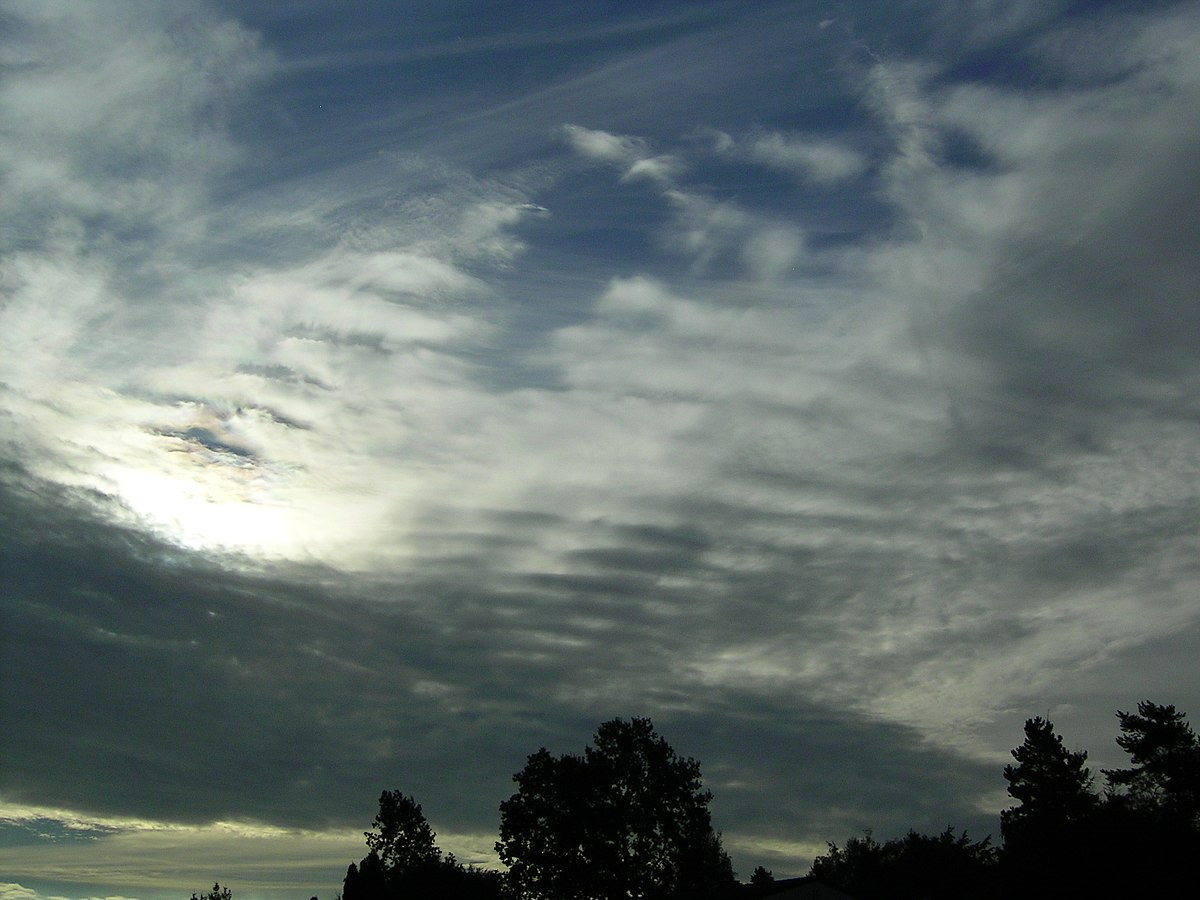

Description: Mid-level clouds that can appear as gray or white sheets (altostratus) or as patchy, cotton-ball-like formations (altocumulus).
Significance: Altostratus clouds can indicate an incoming warm front, often leading to precipitation. Altocumulus clouds, especially if they form in the morning, can suggest that thunderstorms may occur later in the day.
Sailing Tip: Monitor the development of these clouds. Altostratus clouds mean you might experience prolonged rain, while altocumulus clouds hint at potential afternoon thunderstorms, especially in summer.
6. Lenticular Clouds

Description: Lens-shaped clouds that form at high altitudes, often over mountains.
Significance: These clouds are typically indicators of turbulence and strong winds aloft. They don’t usually mean immediate bad weather but can signify atmospheric instability.
Sailing Tip: If you spot lenticular clouds, expect potentially gusty conditions. Secure any loose gear and be prepared for variable winds.
Reading the Water’s Surface
The texture and appearance of the water’s surface provide additional clues about the weather conditions. Here’s how to interpret these signs:
1. Smooth Water
Description: A calm and mirror-like surface.
Significance: Smooth water generally indicates light winds or a lull in wind activity. It can also suggest the presence of a high-pressure system, leading to stable weather.
Sailing Tip: Enjoy the calm conditions but be aware that such periods can precede changes in the weather, particularly if they follow a period of higher winds.
2. Rippled Water
Description: Small, wave-like ripples across the surface.
Significance: Ripples typically signify a light breeze. They often develop before stronger winds arrive and can indicate the early stages of a weather change.
Sailing Tip: Use this time to adjust your sails and prepare for an increase in wind speed. Check your instruments and stay alert for further signs of weather changes.
3. Choppy Water
Description: Short, irregular waves often caused by local winds.
Significance: Choppy conditions usually indicate moderate winds and can occur with localized wind patterns. They can be uncomfortable for sailing but aren’t typically associated with severe weather.
Sailing Tip: Adjust your sail trim for the wind conditions and be prepared for a bumpy ride. Ensure your gear is secured to avoid unnecessary damage.
4. Swell
Description: Long, rolling waves that travel far from their point of origin.
Significance: Swells indicate distant wind activity, often from a large weather system. They can persist for days and are typically seen ahead of a frontal system or low-pressure area.
Sailing Tip: Anticipate the arrival of weather changes and adjust your course if needed. Swells can make for smoother sailing but require careful navigation to handle safely.
5. Whitecaps
Description: Waves with foamy, breaking tops caused by strong winds.
Significance: Whitecaps indicate fresh to strong winds, often suggesting the presence of a frontal system or low-pressure area. They can signal deteriorating weather conditions and are a precursor to rough seas. Learn more about weather systems and wind patterns here.
Sailing Tip: Reduce sail area and prepare for challenging conditions. Make sure everyone on board is wearing life jackets and the boat is secured for heavy weather.
6. Glassy Water with Patches of Ripples
Description: A combination of calm areas and sections with light ripples.
Significance: This pattern can indicate variable winds or wind shear, where wind direction and speed change abruptly. It often occurs at the boundary between different air masses.
Sailing Tip: Be ready for sudden shifts in wind direction and strength. Keep an eye on your sails and be prepared to adjust them frequently to match the changing conditions.
Combining Observations
Sure, traditional methods have their charm, but the precision and timeliness of modern solutions are invaluable for safe and efficient sailing experiences. Cutting-edge software and predictive models offer sailors up-to-the-minute forecasts. This allows for real-time adjustments to your sailing plan — a huge advantage for both competitive and casual sailors.
There’s a lot of opportunity in this digital age to stay ahead of the weather. From custom alerts to detailed analysis of weather patterns, technology aids in making informed decisions out at sea. Experimenting with different technologies will help you find the perfect fit for your sailing strategy. For the best results, combine your observations of clouds and water texture with modern forecasting tools:
1. Use Technology
Check the weather forecast, radar, and satellite images before heading out. This will give you a broader understanding of expected weather patterns.
2. Cross-Reference
Compare your natural observations with technology-based predictions. If you see cirrus clouds indicating an incoming front and your forecast predicts a front, you can be more confident in your preparations.
3. Learn from Experience
Keep a log of your observations and the resulting weather. Over time, this will help you refine your ability to predict weather conditions accurately.
Monitor Weather Forecasts

Understanding weather patterns through natural signs like cloud formations and water texture is an essential skill for sailors. It not only enhances safety but also deepens your connection with the maritime environment. By mastering these observations and combining them with modern forecasting tools, you’ll be better equipped to navigate changing conditions and enjoy your time on the water. Remember, the more you practice these skills, the more intuitive they’ll become, turning you into a more knowledgeable and confident sailor.
Stay informed about weather forecasts to anticipate changes in wind patterns. Understanding upcoming weather systems helps you plan your route and prepare for potential wind shifts or storms.
Example: Before setting out on a coastal passage, check the forecast for any approaching low-pressure systems. Planning your departure time to avoid the worst conditions can make for a safer and more enjoyable voyage.
Practice Reefs and Sail Changes
Reefing your sails, or reducing their area, is crucial when dealing with increasing wind speeds. Practice reefing and changing sails under various conditions to become proficient at managing your boat in different wind patterns.
Example: During a sailing trip in the Caribbean, encountering a sudden squall may require you to reef your mainsail quickly. Practicing this maneuver in calm conditions ensures you can handle it effectively when the need arises.
Learn to Heave-To
Heaving-to is a technique where the boat is brought to a near standstill, using the sails and rudder to counteract each other. It’s a useful skill for taking a break or waiting out adverse conditions.
Example: If caught in a strong wind while crossing the English Channel, you might heave-to to take a rest and reassess your situation. This technique provides a stable platform for making adjustments and preparing for the next leg of your journey.

As you begin your journey in sailing, understanding wind patterns is crucial. This wind patterns guide provides a great foundation and sets you up nicely for mastering advanced sailing techniques. From global wind systems like trade winds and westerlies to local phenomena like sea breezes and gusts, the behavior of the wind influences every aspect of sailing.
Sailing is a dynamic and ever-changing endeavor, but with the right knowledge and preparation, you can turn the wind into your most reliable ally. Happy Sailing!

